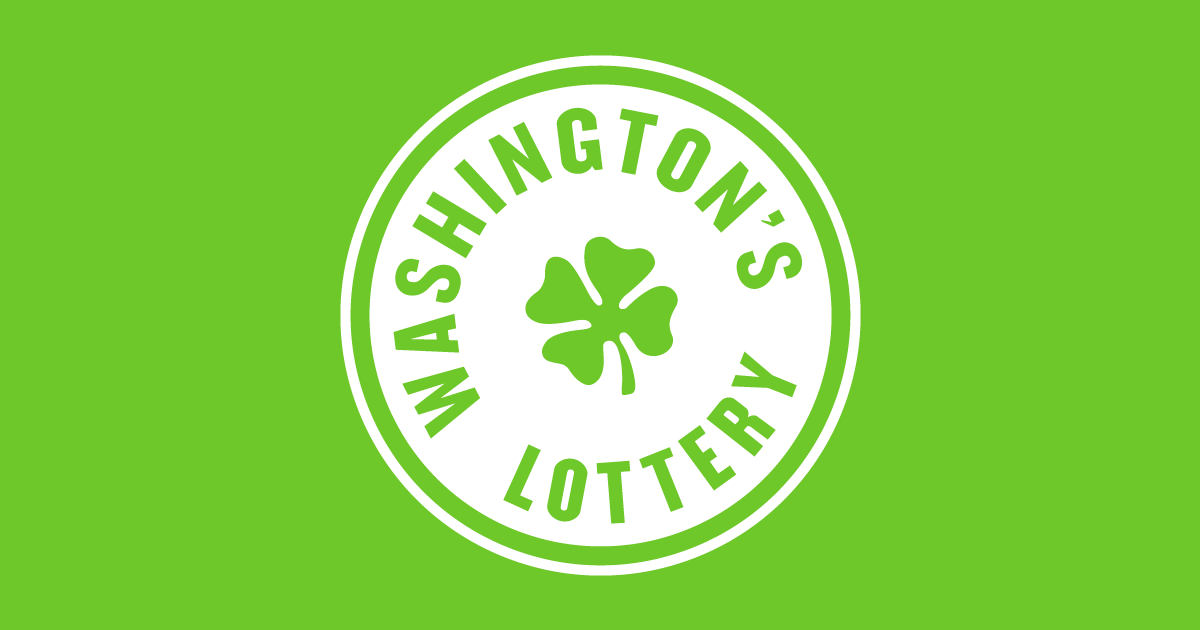Robots take on big milking job at Burkhalter dairy Rosburg family makes major technological strides that improve cows’ lives
Published 9:45 am Friday, September 26, 2014

- Gary Burkhalter demonstrates various readouts a computer provides to facilitate modern dairy farming.
ROSBURG — A visit to the Burkhalter’s Organic Valley dairy farm in Rosburg is an eye-opening and jaw-dropping experience. Employing a robotic system developed by the Dutch agricultural equipment development company Lely International, the Burkhalters’ dairy cattle are fed, their udders and teats sanitized and milked without any required human contact. This is a far cry from the historical image — sitting on a three-legged wooden stool and employing the manual squeeze-pull method to squirt milk into a bucket and, occasionally, the barn cat’s mouth.
The Burkhalter dairy farm in Rosburg has been a family business since the 1970s when Bob Burkhalter, a teacher at the Rosburg school, and his wife Lois purchased land from Violet Heldt and started dairying. Both Bob and Lois were raised on dairy farms in the Willapa Valley. After upgrading to a milking parlor in 1988, the senior Burkhalters sold the business to son Gary and his wife Susan (Swanson) in 1994.
Since then, the younger couple has made two major business decisions. With large corporations taking over the dairy industry and traditional family-owned dairies quickly becoming a thing of the past, their first decision was to become an organic dairy.
“We were so far off the I-5 corridor we felt we were facing extinction and knew we needed to find a niche market if we were to survive as a family business,” Susan explained. “We are firm believers in not using a bunch of chemicals and were fairly close to already being organic. So, it only took a little tweaking to join that market. We are now one of the 700 or so nation-wide members of the Organic Valley Cooperative.”
The Burkhalters received their organic designation in 2006. A designation as “organic” means no herbicides or pesticides have been applied to the farmland for, at least, the past three years. Antibiotics can’t be used on the cows and feed must be organically grown without the use of herbicides or pesticides. In addition, cows must spend at least 120 days a year grazing.
“Our biggest hurdle was moving away from antibiotics,” Susan said. “It was a learning curve but, we now employ homeopathic treatments such as garlic and aloe vera juice.”
The couple says the decision to move to organic and join the coop has proven to be good move for them.
Their second major decision was to modernize the dairy operation employing the Lely Astronaut 4 Robotic Dairy System.
“The decision was about quality of life as much as profit and production,” Gary said. “Our quality of life is improved because we aren’t as confined to the farm as we used to be. Our cows’ quality of life is improved because they can come in to be milked whenever they want. At the same time, it did improve production and the quality of our product. Payback on the system is expected to occur in a seven to eight year time frame.”
Susan notes, “Another benefit of moving to the robotic system is that it has raised our number two son Austin’s interest in carrying on the family business. A steady diet of milking twice a day was enough to start him looking in other directions. But, he has grown up during the computer age and the idea of a computerized-milking operation appeals to him. So, it looks like there will soon be a fourth generation Burkhalter in the dairy business.”
Each of the 103 cows currently in the milking cycle wears a collar with a transponder attached. The collar is weighted on the bottom so it hangs in the proper position for the transponder to be read as the cow enters the milking area. The Burkhalters use Lely’s “I-flow” system, which allows the cow to walk directly into the milking enclosure to be milked and walk straight ahead to exit once the milking is complete.
After each cow has been milked and has exited the enclosure, the robotic system cleans and sanitizes the milking cups. Once the cleaning cycle has been completed, the entrance to the milking enclosure automatically opens so the next cow can enter. The gate then closes and the robot receives information from the transponder identifying the cow. The computer calculates the amount of grain for that cow’s feeding and automatically dispenses it to the feed tray in the enclosure.
In the meantime, amidst the sounds of whirs and buzzes, the robotic arm cleans each teat twice with a dual brush system and applies a puff of air for drying. The brushes then move out of the way and clean and disinfect themselves while the robotic arm positions the suction cups for each teat based on a combination of learned memory and an on-board laser.
With the cups in place, milking then begins automatically. The milk is pulled into an initial holding container and then pneumatically piped to one of two 1500 gallon refrigerated holding tanks. Compressed air used to convey the milk meets hospital-quality standards through a “clean room” and HEPA-type filter system.
During the milking process, the milk passes over a quality-control module in the robotic arm which measures color, conductivity and flow. Based on those measurements, the system can detect the presence of abnormalities such as mastitis.
If an abnormality is detected, the milk from that particular cow is redirected to a separate holding location where the Burkhalters use it for calf feed. The system then purges itself and goes through a cleaning cycle to prevent contamination of the main holding tanks. Twice each day, the entire system automatically goes through a purge and sanitization cycle.
During milking, the system monitors the milk volume from each quadrant of the cow’s udder and maintains a record of production and a multitude of other factors. On average, the entire process takes eight minutes per cow. The cows come in to be milked when they feel the need and, according to Susan, “average 2.3 milkings per day.”
The Burkhalters have two robots and two milking enclosures. Doing the math shows each robot is engaged in milking at least 16 out of every 24 hours.
In the computer room, Gary points out how monitoring of the cows doesn’t just occur in the enclosure. The collar also records such things as frequency of cud chewing and physical activity. Based on these factors, the system provides a read-out on the probability of oncoming estrus or a health problem. If the frequency of cud chewing decreases and activity level increases, the probability goes up that the cow is coming into heat. If the frequency of cud chewing and activity level both decrease, the probability goes up that the cow is experiencing a health problem.
The couple report that, “Even after nine months of experience with the system, we are still learning its capabilities and all the valuable information it can provide.”
Gary reports, “Since starting up in January of this year, each robot has conducted over 32,000 milkings without a major incident. The key is preventive maintenance. The system establishes time frames or cycles for replacement of key components. The computer tells us when an item needs to be replaced. So, for example, instead of running until a valve breaks down, we replace it after so many milking cycles even though it is still in good working order.”
In the event of an incident, the computer, whom the Burkhalters have named “Rhonda,” automatically works its way through a telephone call list that includes their son Austin and his wife Nicole as well as the Lely technical representative in Salem, Ore.
“The Lely technical representative is able to remotely access our system and review all the readouts,” Gary said. “In that way, he is able to advise us in the case of a malfunction or potential malfunction.”
The Burkhalters have switched to a haylage approach for winter feed. It’s a family affair with Susan’s dad, Ted Swanson, as well as Austin, helping out. According to Gary, “In addition to the haylage we produce here on the farm, we also purchase 180 tons of organically grown alfalfa from eastern Washington and Oregon as well as organic corn.”
Observing the dairy in operation, it is clear that Gary and Susan are a true team. An environmentally and socially aware Christian couple, the Burkhalters traveled to Ethiopia three years ago to arrange the adoption of two young boys. Now four and five years old, Bowen and Gus are both loved and loving members of the Burkhalter family.
Our quality of life is improved because we aren’t as confined to the farm as we used to be. Our cows’ quality of life is improved because they can come in to be milked whenever they want.’
Gary burkhalter





